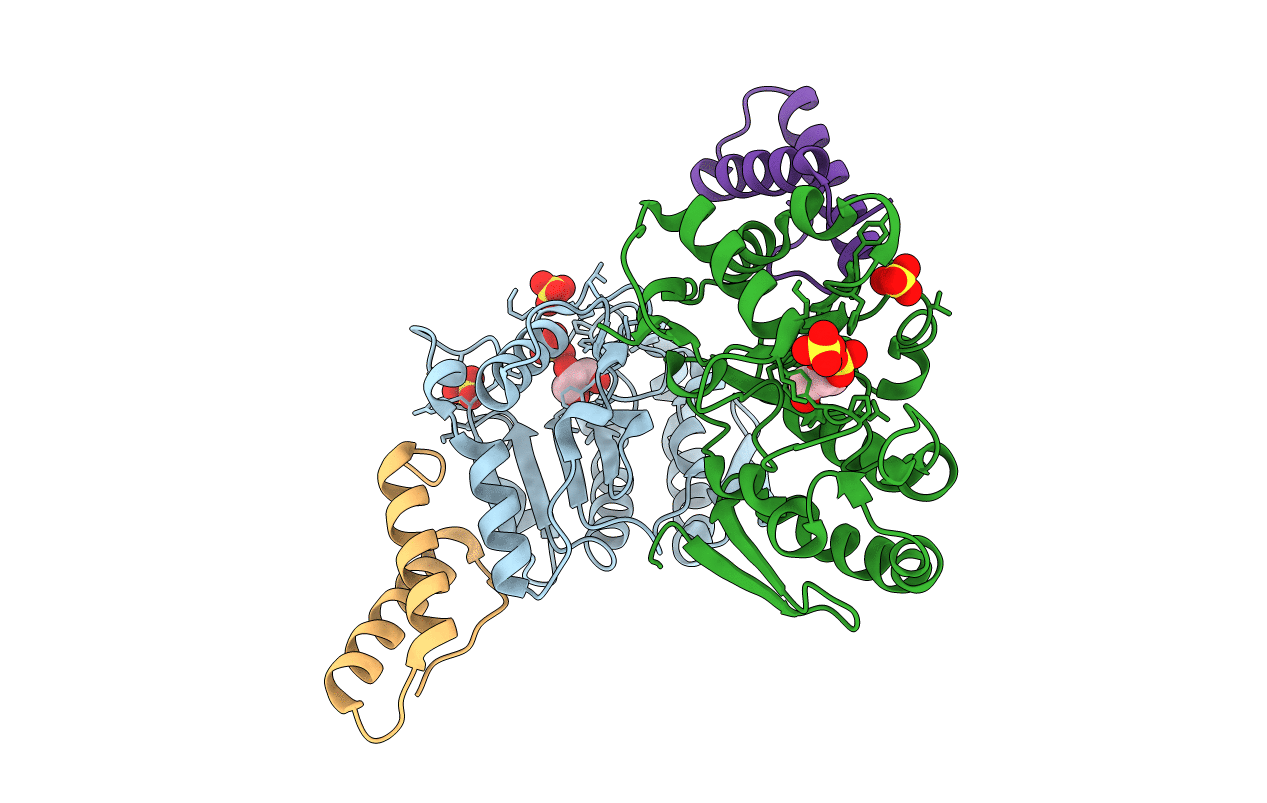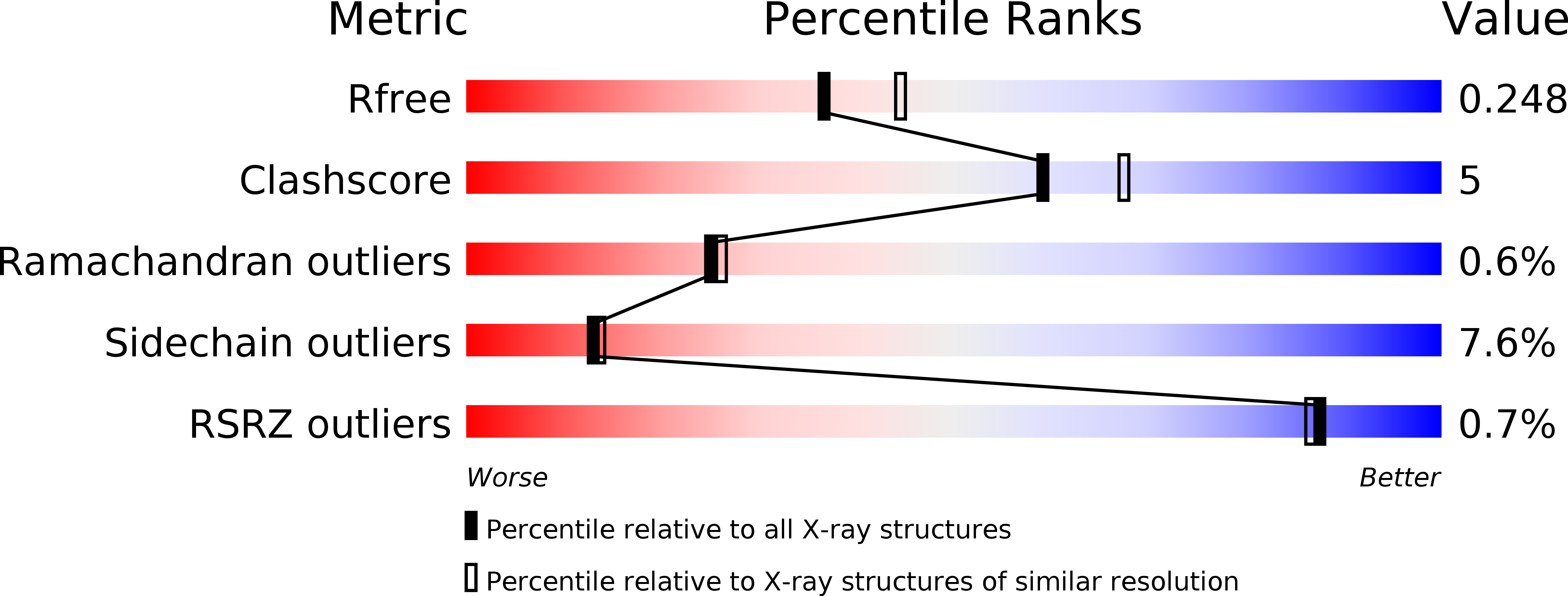
Deposition Date
2014-01-10
Release Date
2014-03-26
Last Version Date
2023-09-20
Entry Detail
PDB ID:
4ODA
Keywords:
Title:
Crystal structure of the vaccinia virus DNA polymerase holoenzyme subunit D4 in complex with the A20 N-terminus
Biological Source:
Source Organism:
Vaccinia virus (Taxon ID: 10249)
Host Organism:
Method Details:
Experimental Method:
Resolution:
2.20 Å
R-Value Free:
0.24
R-Value Work:
0.19
R-Value Observed:
0.19
Space Group:
P 31 2 1


